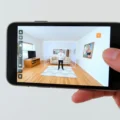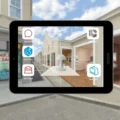Remember those scenes in futuristic movies where characters see digital information floating seamlessly in their view? Maps overlaid onto streets, notifications appearing in the corner of their eye, details about objects appearing just by looking? That fantastical vision, once confined to the realm of science fiction, is now the subject of intense research and development. And the vehicle bringing it closer to reality might be something surprisingly familiar: the humble contact lens.
Yes, augmented reality isn’t just for bulky headsets anymore. Imagine AR technology miniaturized to fit onto something you place directly on your eyeball. This isn’t just about correcting vision; it’s about fundamentally upgrading how you perceive and interact with the world around you. Companies and researchers are actively exploring how to pack microscopic displays, sensors, and even power sources onto a thin, transparent lens that sits comfortably on your cornea. The implications? Potentially revolutionary.
Table of Contents
What Exactly Are AR Contact Lenses?
At their core, augmented reality contact lenses aim to be a highly discreet, always-on wearable display. Unlike AR glasses or headsets that sit away from the eye, these lenses would place the display surface directly onto your eyeball, offering a potentially wider field of view for the overlaid digital information and making the technology virtually invisible to others.
Think of them as smart lenses that can project pixels onto your retina or the lens surface itself in a way that appears superimposed onto your natural vision. This requires integrating several incredibly tiny components:
- Micro-Displays: Extremely small arrays of pixels capable of generating images or text.
- Micro-Sensors: Potentially tracking eye movement, ambient light, or even biological data.
- Antennas/Receivers: For wireless communication with external devices (like a smartphone or a processing unit).
- Power Source: Perhaps tiny, thin-film batteries, or more likely, innovative wireless power transfer mechanisms.
It’s a mind-boggling feat of miniaturization and bio-integration.
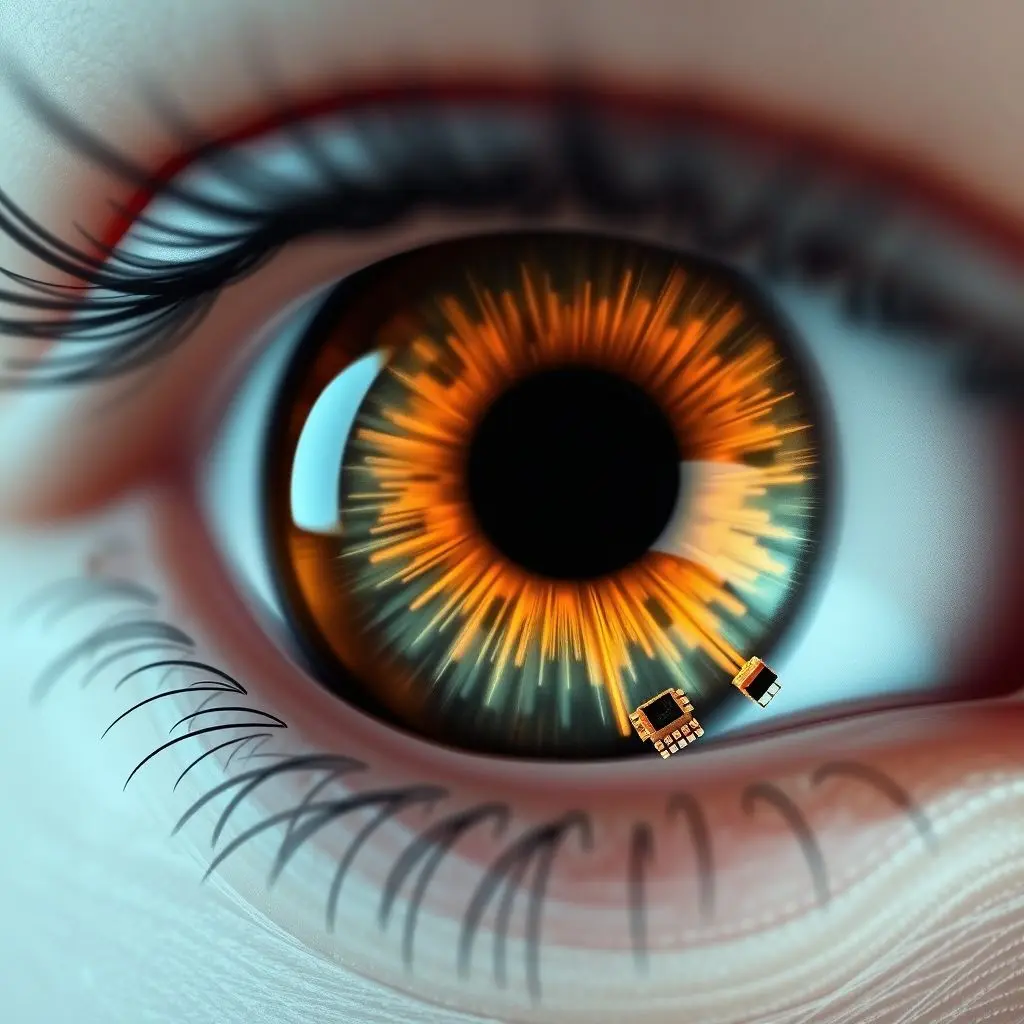
Potential Applications: Beyond Navigation
The immediate applications often discussed involve overlaying information onto your view. As the voiceover script from our YouTube short touched upon, envision directions appearing as you walk, real-time identification of objects or landmarks, or subtle notifications about incoming calls or messages appearing in your peripheral vision without needing to pull out a phone.
But the potential stretches far beyond simple data display:
- Enhanced Communication: Imagine seeing live translation of a foreign language spoken in front of you, or having a transcript of a conversation appear.
- Medical Monitoring: Smart lenses could potentially monitor glucose levels in tear fluid for diabetics, track eye pressure for glaucoma patients, or even assist in diagnosing conditions by analyzing visual data.
- Vision Enhancement: While distinct from traditional vision correction, AR lenses could potentially enhance vision in low light conditions or provide visual aids for people with certain visual impairments, though this area is highly complex.
- Gaming and Entertainment: Imagine augmented reality games where digital elements interact seamlessly with your real-world environment.
- Professional Use: Providing technicians with step-by-step instructions overlaid onto the equipment they’re working on, or allowing surgeons to see patient data without looking away.
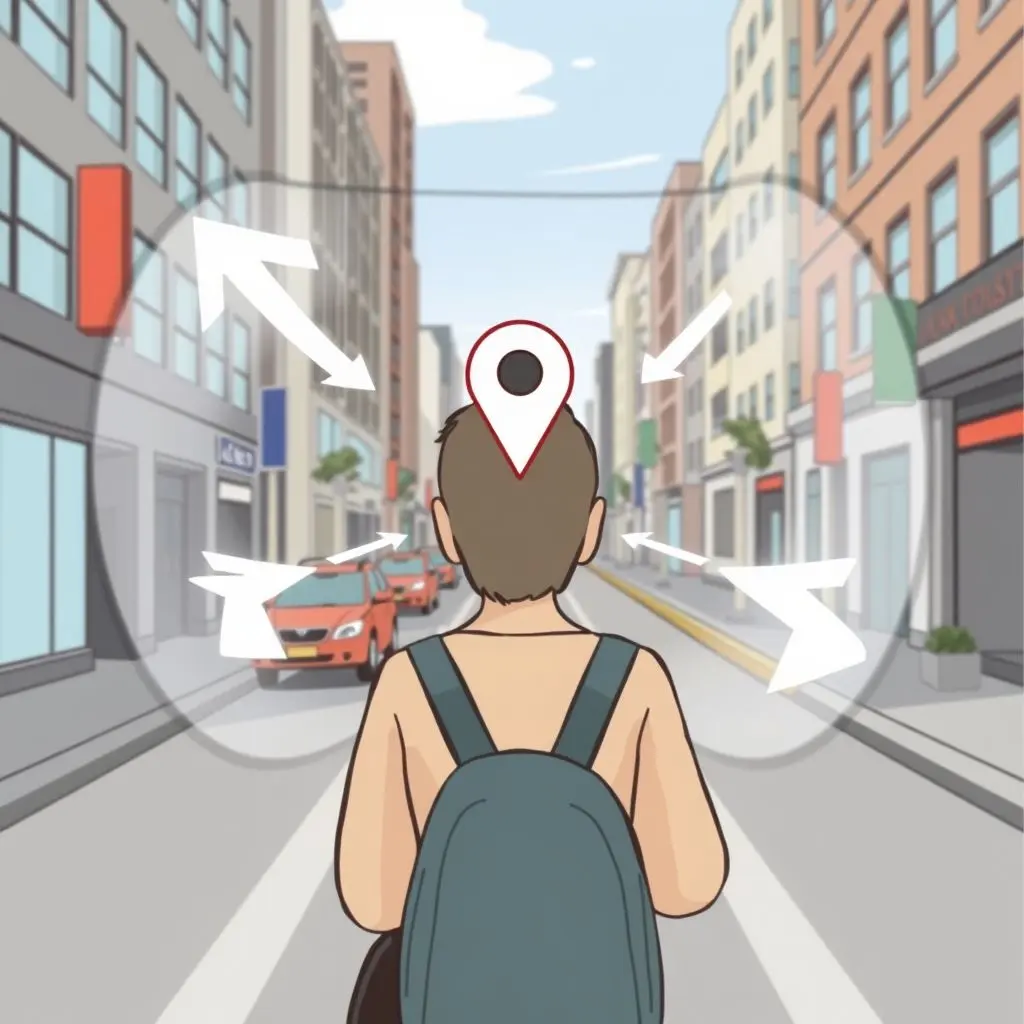
It’s about creating an ‘enhanced’ reality, layering useful or entertaining digital context onto our natural perception.
Want a quick visual glimpse into this concept? Check out our short video:
The Immense Hurdles: Making it Real
As exciting as the potential is, bringing AR contact lenses from the lab to widespread use involves overcoming monumental engineering and biological challenges. These aren’t trivial obstacles:
- Powering the Device: How do you power a display and sensors on something as small and thin as a contact lens, sitting on a constantly moving, moist surface? Tiny batteries are limited and potentially hazardous. Wireless power transfer, perhaps via radio frequency from a nearby device, seems more plausible but adds complexity.
- The Display Itself: Creating a display that is incredibly tiny, energy-efficient, high-resolution, and safe for direct contact with the eye is perhaps the biggest challenge. It needs to project light or images in a way that the eye can focus on it simultaneously with the real world, without causing strain or blocking vision.
- Size and Comfort: All components, including circuitry, sensors, and power mechanisms, must be integrated into a material that is biocompatible, flexible, oxygen-permeable, and comfortable to wear for extended periods, just like a standard contact lens.
- Connectivity: How do these lenses communicate reliably with a smartphone or processing unit nearby? They need tiny, efficient antennas.
- Durability and Sterilization: Contact lenses are delicate and require sterilization. Integrating electronics complicates this significantly.
- Safety: Any electronic or power component on the eye carries potential risks. Ensuring absolute safety regarding heat, chemical leakage, and physical irritation is paramount. This technology must meet stringent medical device standards.
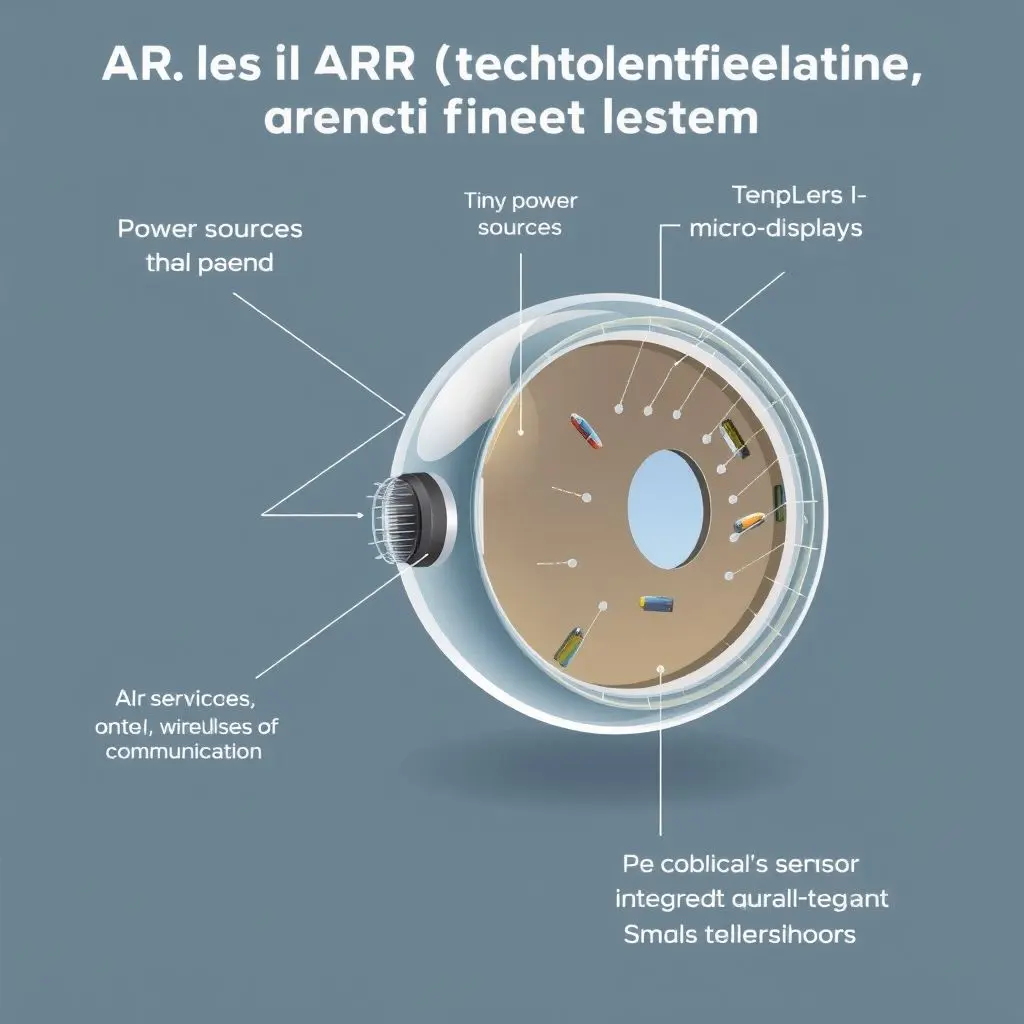
Current Research and Development
Despite the challenges, several companies and academic institutions are actively pursuing AR contact lens technology. Companies like Mojo Vision have been prominent players, demonstrating prototypes that can display text, images, and video. Their work involves proprietary micro-LED displays, custom micro-optics, and low-power communication systems.
Research continues globally into new materials, power solutions (like harvesting energy from ambient radio waves), and display technologies suitable for ocular integration. While we are likely still years away from a consumer-ready product, the foundational research is progressing.
Beyond Correction: A New Way to See the World
This technology isn’t just an evolution of eyeglasses or contact lenses; it’s a potential paradigm shift in how we interact with digital information and the physical world. It moves computing from screens in our hands or on our desks to being directly integrated into our natural visual experience. It promises a future where digital layers are seamlessly woven into the fabric of reality, accessible intuitively through gaze and context.
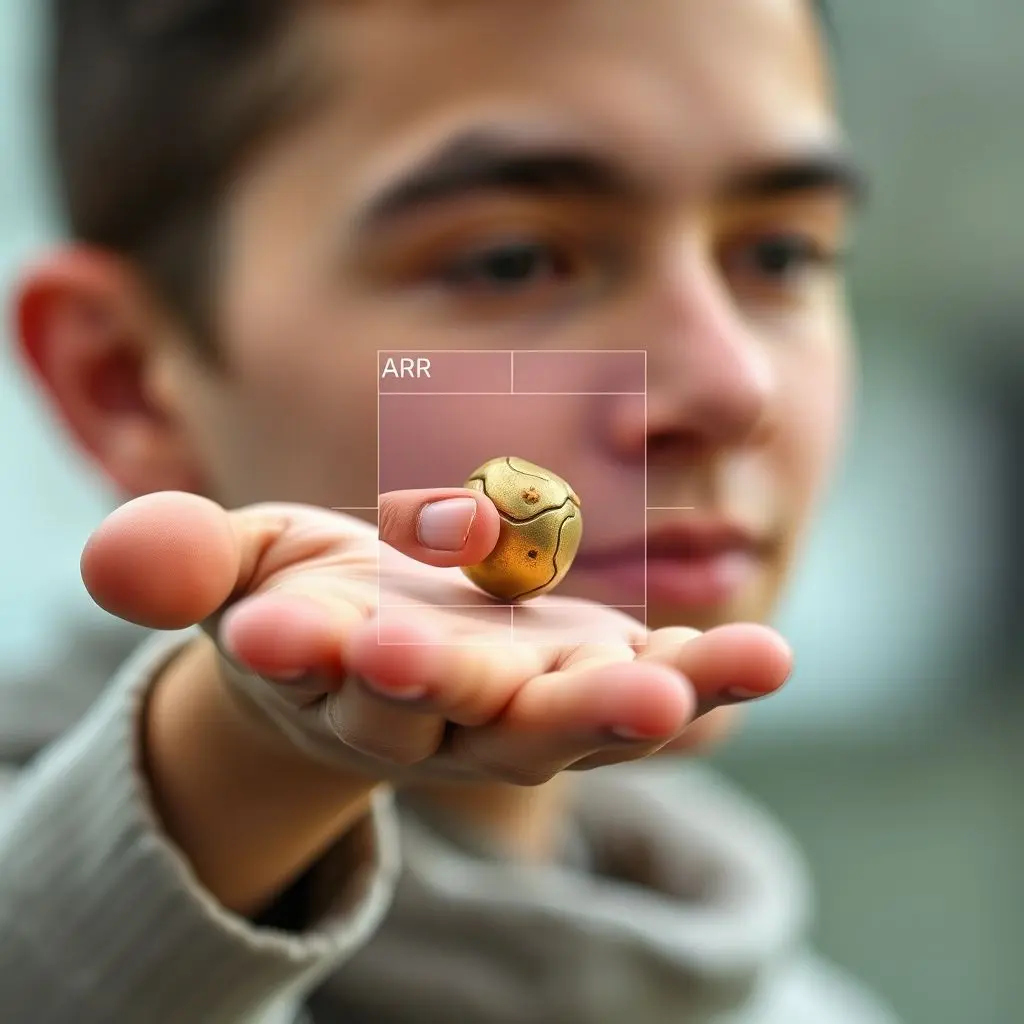
Safety and Regulation
Given that these devices sit directly on the eye, safety and regulatory approval are massive considerations. Any material used must be biocompatible and non-irritating. Power sources must be absolutely secure against leakage or heat generation. Data privacy and security will also be significant concerns, as the lenses could potentially track where the user is looking.
Rigorous clinical trials and regulatory processes (like FDA approval in the US) will be necessary before such a product could ever reach the market. This is part of why the development timeline is lengthy.
When Could This Become a Reality?
Managing expectations is key. While prototypes exist and demonstrations showcase the *potential*, a mass-market, comfortable, safe, and affordable AR contact lens is likely still many years away. Experts often estimate a timeline of 5-10 years or even longer for mature consumer products, with early applications perhaps focusing on specific medical uses or niche professional fields before broader adoption. It’s a marathon, not a sprint.
Frequently Asked Questions (FAQs)
Here are some common questions about AR contact lenses:
Q: Will AR contact lenses replace my current contact lenses or glasses?
A: Initially, probably not directly for primary vision correction. Early AR lenses might offer vision correction alongside AR features, but the focus is on adding digital information. They could eventually evolve to replace traditional vision correction aids.
Q: How will these lenses get power?
A: This is a major challenge. Research explores tiny on-lens batteries (risky), energy harvesting from ambient sources, or most likely, wireless power transfer from a nearby device like a smartphone or a small wearable pack.
Q: Is it safe to have electronics on my eye?
A: Safety is the absolute top priority for developers and regulators. Materials must be biocompatible, power sources secure, and components designed to avoid any irritation or harm. Rigorous testing and approval processes are essential before market release.
Q: What kind of information will they display?
A: Potential applications include navigation, notifications, object identification, real-time translation, biometric data (like glucose), and interactive AR experiences. The possibilities are vast.
Q: When can I buy AR contact lenses?
A: While prototypes exist, consumer availability is likely many years away (perhaps 5-10+ years). Significant technical, safety, and regulatory hurdles remain.
Looking Ahead
The journey towards functional, mass-market augmented reality contact lenses is fraught with technical challenges unlike anything seen before in consumer electronics or medical devices. Yet, the vision of a future where digital information is seamlessly integrated into our sight is a powerful driving force. It represents a potential step change in human-computer interaction, promising new levels of connectivity, information access, and perhaps even a new way of perceiving the world around us. The technology is literally coming into focus, promising a future where your view of reality is just the beginning.

